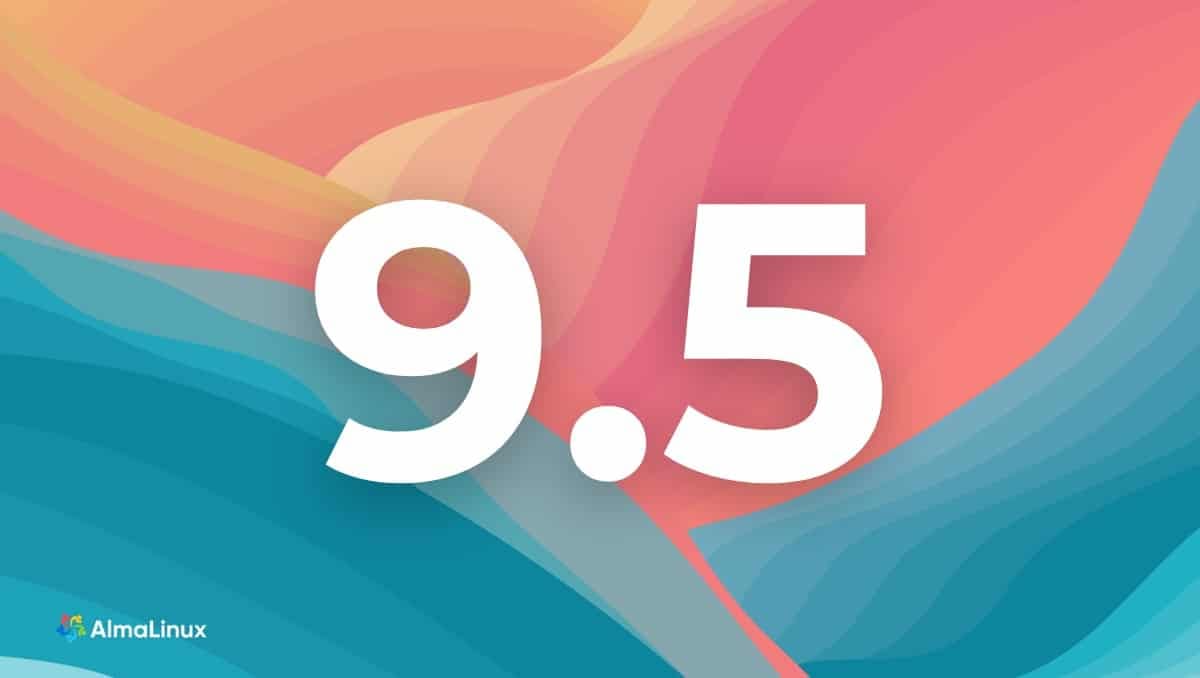The AlmaLinux 9.5 operating system, also known as “Teal Serval,” is now generally available for the entire community. This new version aims to establish itself as a free and stable alternative to Red Hat Enterprise Linux (RHEL) 9.5, offering numerous updates and improvements in performance, development tools, and security.
The AlmaLinux Foundation has announced that installation images are now available on its servers for four architectures: Intel/AMD (x86_64), ARM64 (aarch64), IBM PowerPC (ppc64le), and IBM Z (s390x). Additionally, versions for cloud environments, containers, and devices like Raspberry Pi have been announced, expanding accessibility to various platforms and use cases.
Key Features of AlmaLinux 9.5
Among the improvements included in this version are significant updates to development tools, such as .NET 9.0, GCC 14, LLVM 18.1.8, and Rust 1.79.0, providing access to new features and optimizations. In terms of security, significant updates have been introduced, including the new version of OpenSSL 3.2.2, which adds compatibility with more advanced algorithms and more robust encryption standards.
System administrators will find the new performance monitoring tools, such as PCP 6.2.2 and Grafana 10.2.6, useful for collecting and visualizing data on system performance. Additionally, SELinux policies now include stricter controls, while cryptographic packages have been optimized to enhance system security.
Broad Availability in Cloud and Containers
AlmaLinux 9.5 is not only designed for traditional environments but also adapts to the modern needs of cloud computing and virtualization. The new version includes images for AWS, Google Cloud, Azure, and Oracle Cloud Infrastructure, allowing deployment across a variety of infrastructures. Furthermore, container versions, such as LXC/LXD and Vagrant, are available for different virtualization platforms, including VirtualBox, Hyper-V, and VMware.
Developers can also take advantage of customization options for containers with universal images based on AlmaLinux, facilitating integration into modern workflows and continuous development environments.
Simple Installation and Upgrade
AlmaLinux 9.5 provides three installation options through ISO: a network version (boot.iso), a minimal version for offline installations (minimal.iso), and a full ISO with all available packages (dvd.iso). Additionally, current AlmaLinux users can easily upgrade to the new version by running a simple update command via the DNF package manager.
For those who participated in the beta testing, a specific procedure is also available to migrate to the stable version.
A Dynamic Alternative to RHEL
AlmaLinux continues to position itself as a solid and free option compared to RHEL, with a community model that ensures its accessibility and adaptability to user needs. With its focus on continuous improvement and flexibility in enterprise and research environments, this new version reinforces the AlmaLinux Foundation’s commitment to developing open-source solutions.
Users interested in AlmaLinux 9.5 can download the installation images and view the full release notes on the official AlmaLinux website. Additionally, the community is encouraged to participate in the development and improvement of the distribution through bug reports and discussion forums.

